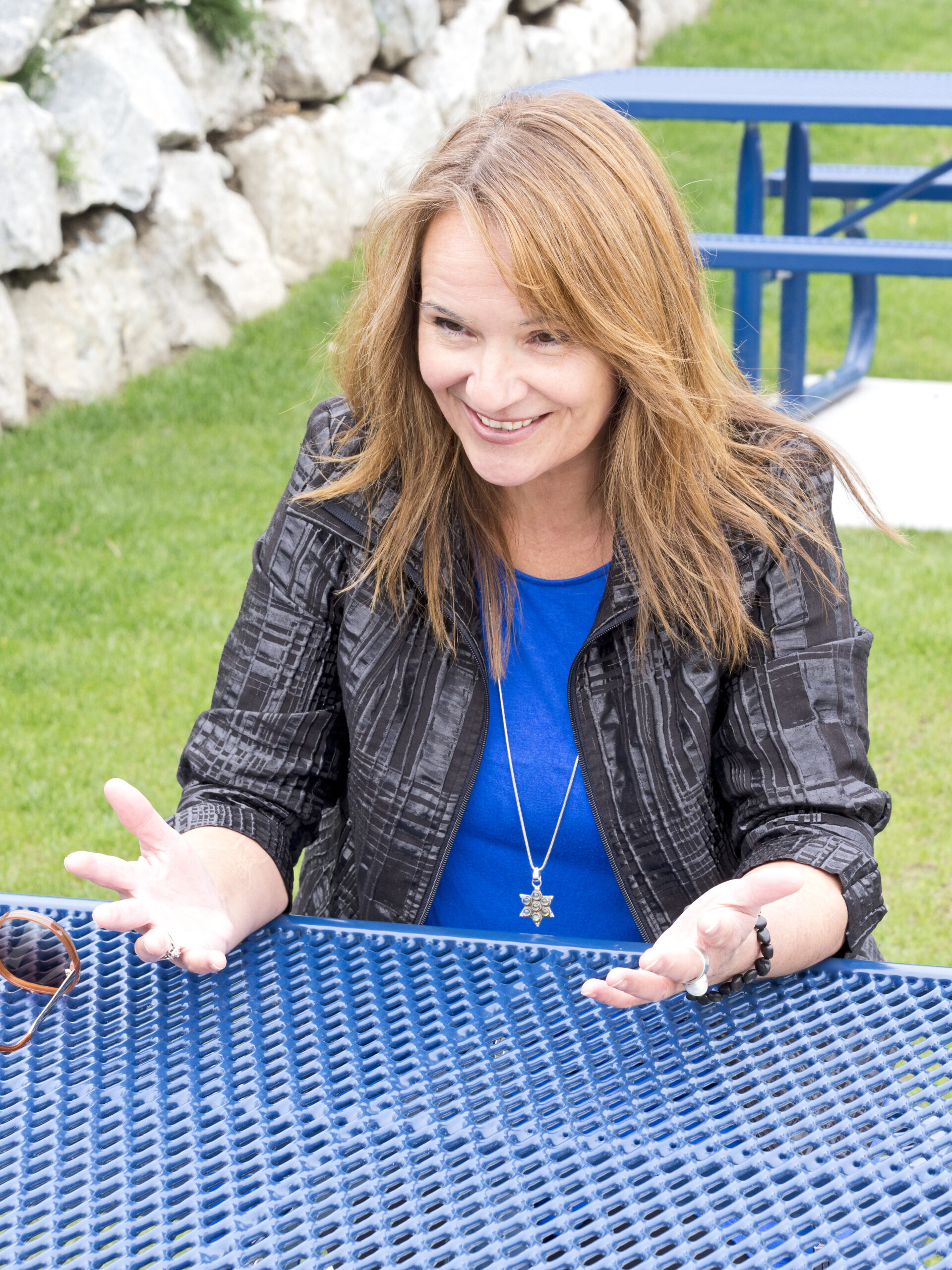EMDR or Eye Movement, Desensitization and Reprocessing began with a discovery by Dr. Francine Shapiro in 1987. Dr. Shapiro was out walking one day while grappling with some personal and emotionally distressing material. She noticed that her eyes naturally sped rapidly from side to side while she thought about the disturbing material. After a period of doing this she began to get clarity about the distressing material and her body calmed. These humble beginnings led to what has arguably been one of the most significant developments in trauma therapy for many decades.
EMDR is now one of the most highly researched therapies in psychotherapy. Initially, it was used almost exclusively with people who had experienced major trauma and had difficulty resuming functional life thereafter. Those who had experienced natural disaster, war, assault, motor vehicle accidents, violence or near death experiences needed therapy to help them resume normal life. The ability to see trauma as an experience that is random and uncommon, as opposed to a generalized threat can help people live life with less fear.
Traumatic experiences often result in the creation of a narrative where people blame themselves, life or others for the trauma. These beliefs often fall into categories of the individual feeling powerless. Below are brief examples of the categories of common beliefs that fuel widespread negative cognitions about self and life.
- Responsibility/Defectiveness: e.g. I am not good enough. I am incompetent. I only deserve bad things. I am bad.
- Responsibility/Action: e.g. I should have done something. I did something wrong. I should have known better. It is my fault.
- Safety/Vulnerability: e.g. I cannot trust anyone. I am not safe. I cannot protect myself.
- Power/Control/Choice: e.g. I am not in control. I cannot get what I want/need in life. I am powerless.
Not all people have big ’T’ traumas to work through, but most of us have had difficulties. Many people report feeling blocked in their life choices by negative beliefs or cognitions about life, others or themselves. Resolving negative beliefs and creating a more adaptive and compassionate stance, helps people regain the resilience they need to move forward.
The human mind is designed to create narratives. We make stories about our lived experience that help us to understand the events in our lives. Unfortunately, narratives about life and ourselves can be based on experiences that are horrible, incomprehensible or that happened when we were young and our mind was not fully developed. Humans can believe ideas about self that are unhelpful, global, untrue and that limit our ability to enjoy life.
Mental and emotional distress can leave lasting scars on a person’s psyche. EMDR is highly effective at challenging self-limiting beliefs. It does so through several key elements that a trained therapist can help guide a client through.
- The process of revisiting disturbing mental and emotional content has a desensitizing effect when done in a controlled environment. Exposure to upsetting material that decreases the discomfort by 20-30% in each session is a success. Over time, this has an overall effect of allowing the trauma to exist as a part but not all of a person’s life.
- Using bilateral eye movement, tapping or sound interrupts the neural pathways of activity that the individual has practiced, often for many years. Bilateral stimulation while remembering distressing material performs a de-conditioning function. Any helpful interruption in the pattern shifts the practiced stance toward the experience as well as individual’s attitude toward self, life, and, others. This allows for changes of beliefs about the experience and one’s view of self.
- Therapists guide clients towards finding alternative ways of thinking and feeling about the traumatic and/or distressing experiences using cognitive interweaves. These are creative ideas that move stuck narratives into various realms of possibility. They allow people to being to see difficult experiences in alternative ways that can allow movement forward in life.
In my practice, I have found that most people respond very well to EMDR. It is now commonly used to treat trauma, family of origin difficulties, depression, anxiety, low self esteem and more. Clients report that the shifts in perception about themselves or past events happens quickly and is lasting. I have been using EMDR since 2010. I love using EMDR because it helps people to loosen the stranglehold that negative, soul wounding beliefs can have on an individual’s ability to engage with life. People move beyond the past with freedom and hope. It is a beautiful gift to be part of and even more wonderful to experience. Feel free to book a complimentary consultation if you would like to learn more about this wonderful therapeutic approach.
Learn more about our counselling services here





